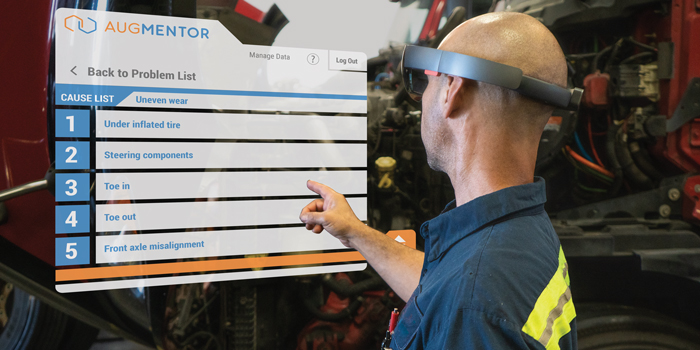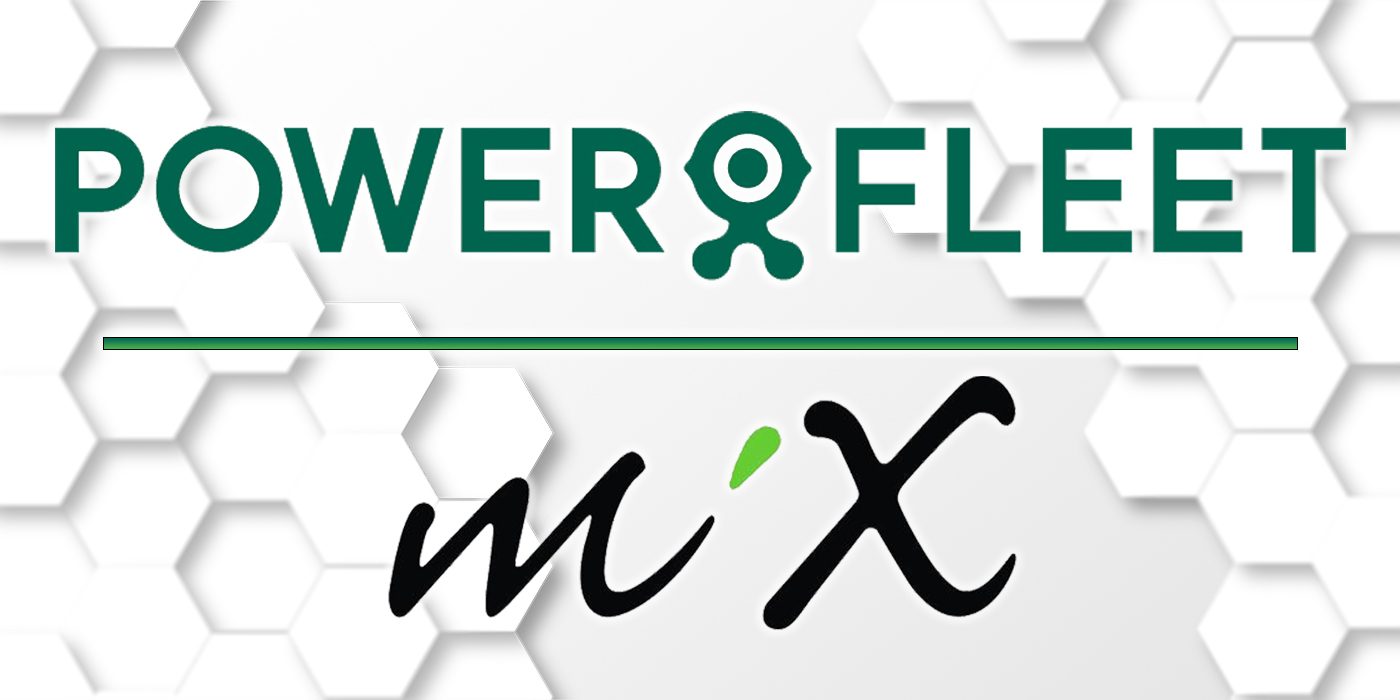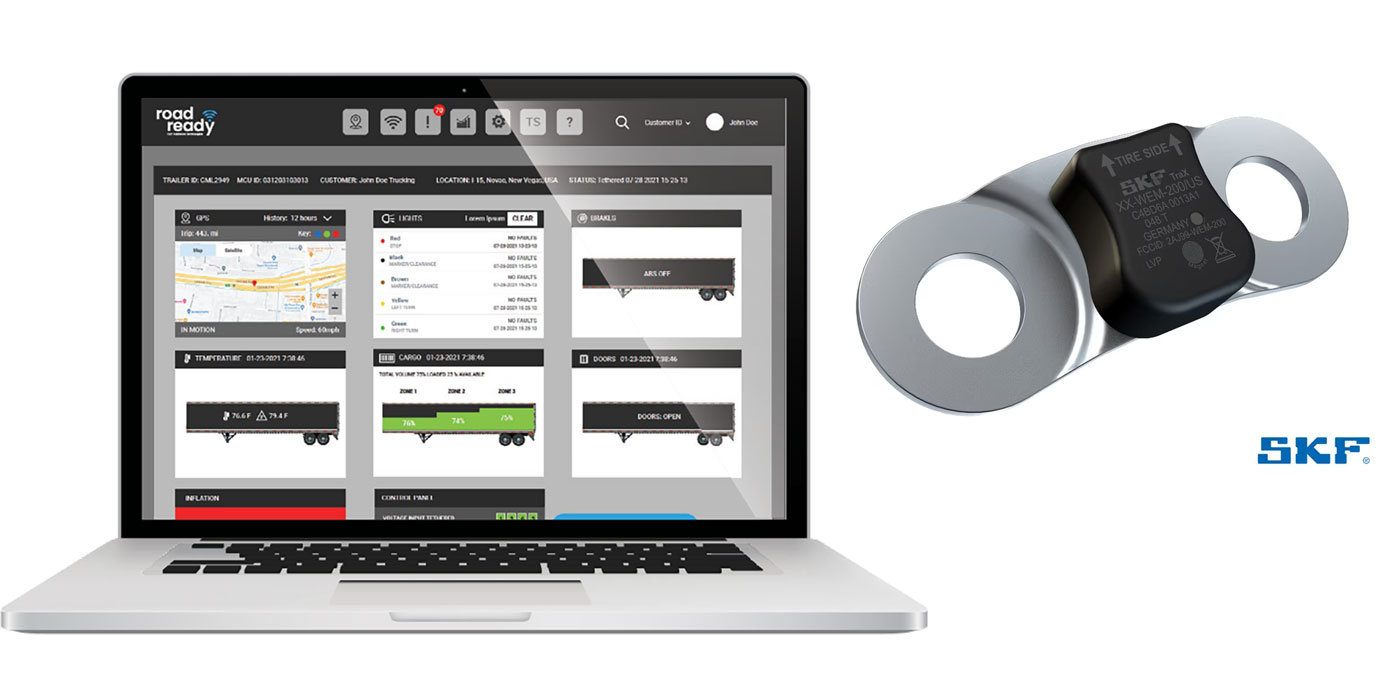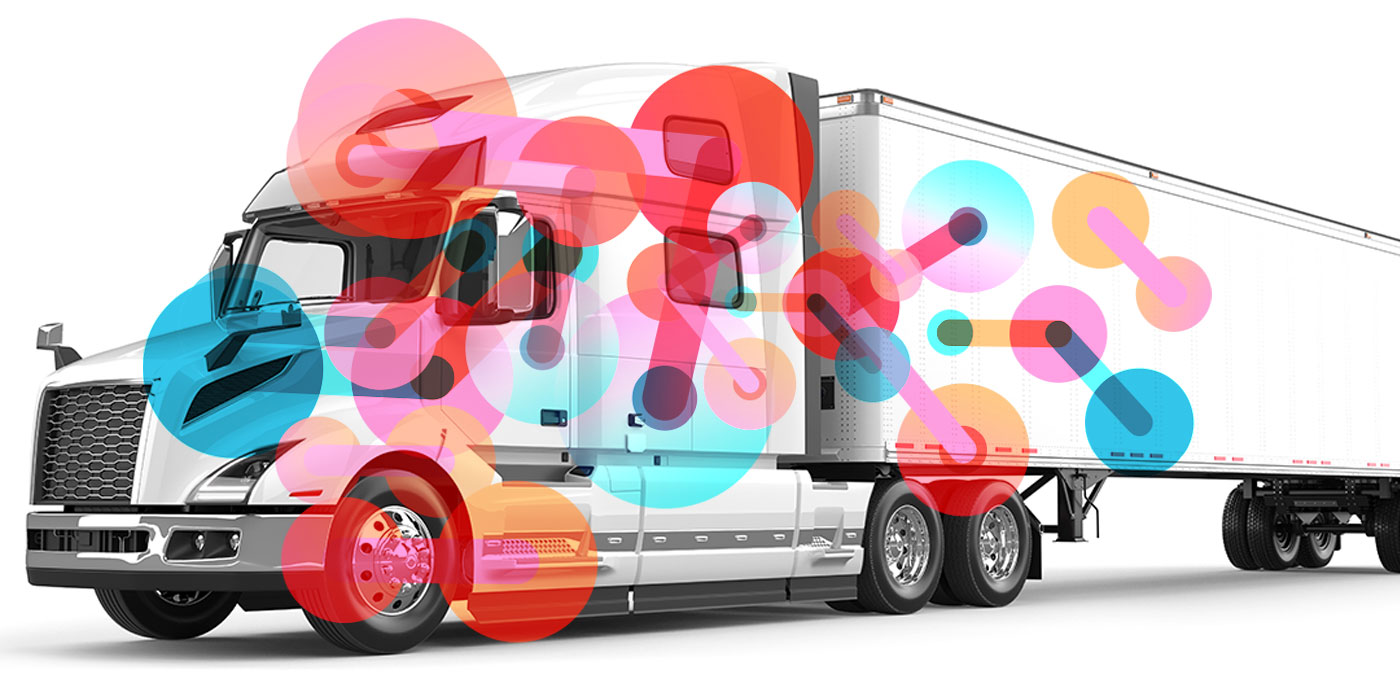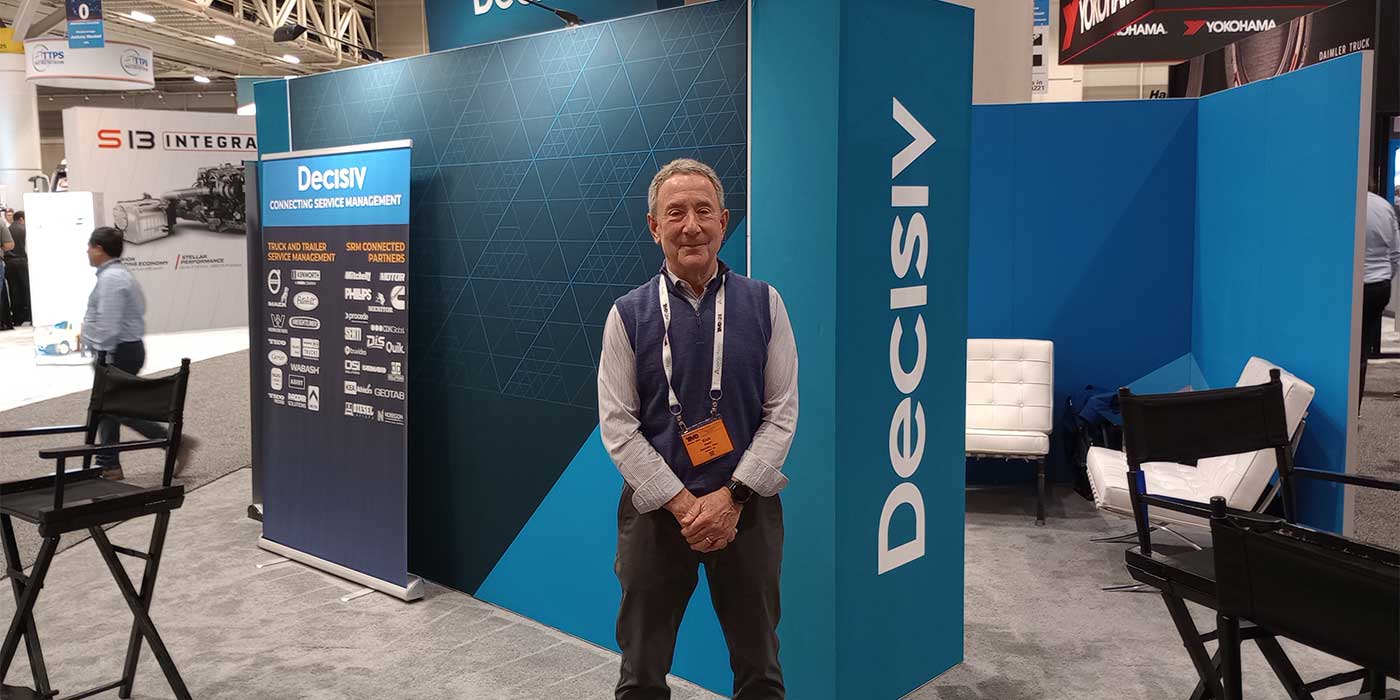New vehicle technologies are increasing the complexity of repairs, tools and skills needed by technicians, notes Matt Johnston, director of commercial experience for Design Interactive. “That creates a challenge for fleets to provide technicians with training that is not only effective and productive,” he says, “but which can also be updated with changes in technologies and systems.
“The industry has used video- and computer-based training and more recently has leveraged virtual reality to train technicians,” Johnston adds. “Augmented reality brings the best of these training solutions to the shop floor where the task is performed. Instead of being in front of a computer or viewing a video, it keeps technicians in their environment so it provides a more effective, hands-on experience.”
Design Interactive’s Augmentor transportation-focused augmented reality (AR) training platform lets technicians visualize procedure steps where they are conducted. For example, if a vehicle requires an inspection of its tires or brakes, the step is placed near or on that component or system. Users can also see 3D virtual representations of parts for reference during inspection or repairs.
“AR, in general, is a different way to train… It empowers experts in the field to rapidly create solutions to problems they encounter and share them across an enterprise. It is also attractive to younger technicians.”
Matt Johnston, director of commercial
experience for Design Interactive
Now available on Android and iOS mobile devices, Augmentor provides training on procedures and troubleshooting methods that can be accessed across individual shops and multiple maintenance locations to train technicians for a lower cost. The solution, according to Johnston, ensures that every technician is trained consistently. It also allows vendors to deliver training digitally and reach more technicians faster with new procedures.
“AR, in general, is a different way to train,” Johnston says. “It more effectively disseminates knowledge because it empowers experts in the field to rapidly create solutions to problems they encounter and share them across an enterprise. It is also attractive to younger technicians.”
With finding new ways to attract the next generation of technicians vital to trucking operations, Design Interactive is planning to work with the Technology & Maintenance Council to develop a mobile augmented reality game inspired by TMCSuperTech, its National Technician Skills Competition. Having a mobile, smart-device based game was seen by TMC as a means of increasing the visibility of maintenance technician careers and supporting outreach campaigns focused on generating interest in the trucking industry among school-aged children, parents and educators.
Design Interactive’s gamified TMCSuperTech skills challenge will use AR technology to project a fictional city with a fleet of moving trucks. As vehicles require service, they are brought into a virtual garage where the game asks users playing the role of a technician to execute tasks inspired by SuperTech skills challenges.
“The trucking industry faces a serious shortage of technicians because of the anticipated large number of retirees and the increasingly competitive job market for skilled workers,” Johnston says. “Augmented reality has already had a significant impact in other industries compared to traditional training methods. For fleets, AR technology can help lower costs, increase vehicle uptime and shop productivity, and help attract new technicians.”

